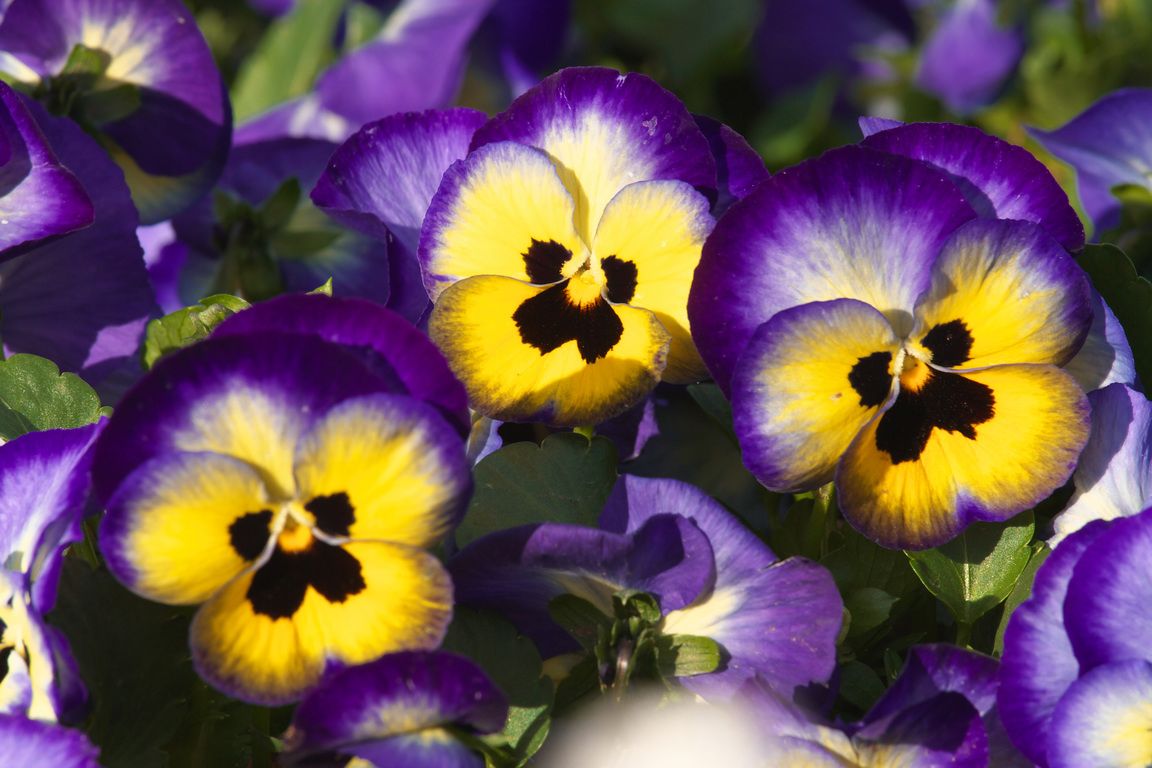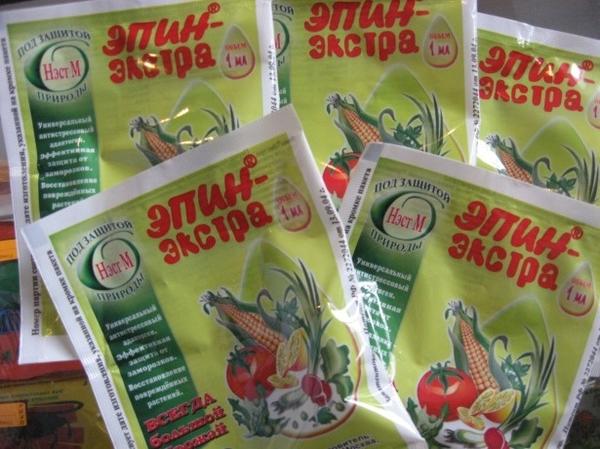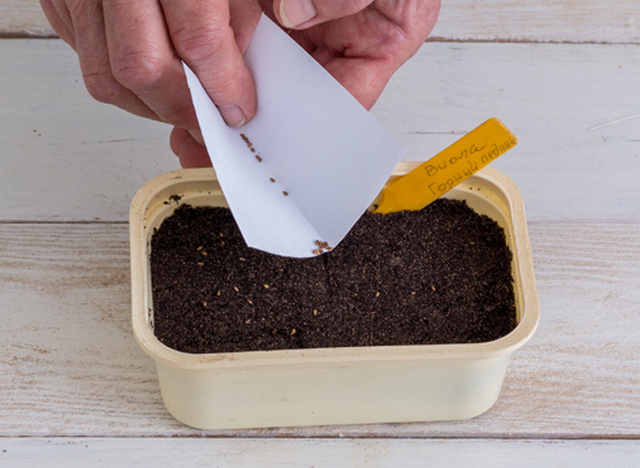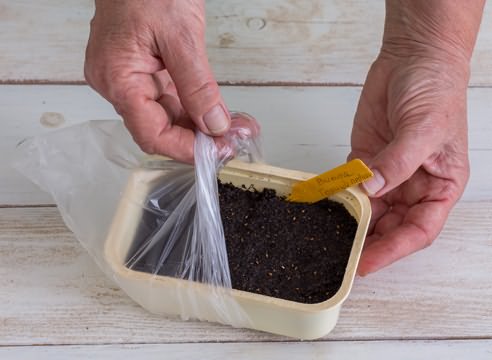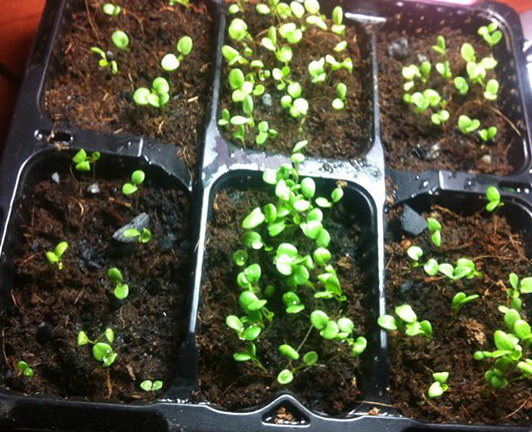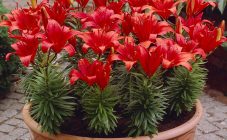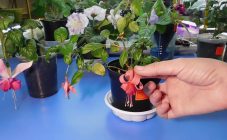Content:
Viola is a very beautiful flower. In another way, it is called pansies. This culture belongs to the violet family and, in essence, the viola varieties are violet hybrids. There are about 400 varieties of these flowers in the world.
The plant is a compact (about 20 cm in height) biennial herbal bush. Viola is attractive for its flowering from early spring to late autumn. The velvety flower petals come in lilac-violet-blue hues. The culture is undemanding to soil composition and fertilization.
Pansies - growing and breeding
There are several ways to grow viols. Depending on climatic conditions and the desired flowering period, three cultivation methods can be noted:
- sowing seedlings in early spring (early March). The resulting seedlings are able to bloom already in the current season. Also, part of the seedlings can be used for planting in pots, balcony flowerpots;
- sowing seeds in the open field. This can only be done after warming up the soil, that is, at the end of May - beginning of June. With this method of flowering, you can wait closer to autumn - at the end of August;
- the most common method is sowing seeds in autumn on open ground. Seeds sown in late August have time to take root well before winter and in spring, after the snow melts, they immediately begin to grow and soon bloom.
Seed preparation for sowing
Sowing material purchased or harvested from their plants must first be prepared. For successful germination, they are recommended to be treated with preparations to accelerate root formation. It can be Epin, Kornevin or Zircon.
Sowing
Algorithm for sowing viola seeds:
- prepare dishes with soil;
- moisten the soil, disinfect with a manganese solution (1%) and compact a little;
- scatter seeds evenly over the surface (you can slightly deepen);
- water, trying not to wash off the seeds;
- cover with foil;
- place the container in a warm, dark place.
The emergence of seedlings and care for them
Seedlings usually appear in 7-10 days. As soon as they hatch, the dishes with plantings should be placed on the southern windowsill and watered regularly. In this case, the seedlings should not be flooded. This is fraught with the fact that the seedlings can get sick (for example, black leg).
A week after pecking the seeds, you can slowly remove the covering film. This should be done gradually, first a couple of times a day, then more often. After 4-5 days, you can completely remove.
Daylight hours for seedlings require 15 hours. Seedling picking is carried out when two leaves appear. After this procedure, it does not hurt to fertilize the planting with nitrofoskoy (2 tbsp. L per 5 l of soil) and repeat the feeding every 10-14 days.
10-12 days before planting, the seedlings need to begin to harden, reducing the temperature every 3-4 days by one division.
Features of growing a plant from seeds in the garden.
If you want to get new flowering plants only for the next season, then sowing seeds outdoors is carried out in the middle of summer. By the end of July, friendly shoots will already appear and will turn into strong bushes before winter. True, they almost never have time to bloom. Unless the autumn will be long and warm. And in most cases, flowering occurs only next spring, but very early. Plants are strong, vigorous, with abundant and long flowering.
In both cases, the grown seedlings should be transplanted to a permanent place since autumn so that in the spring the plant does not have to waste energy on rooting.
Pansies: growing from seed
For this you need:
- decide on a place for sowing;
- dig up the site, apply fertilizer, water;
- sow seeds;
- dive;
- seated in a permanent place.
Viola flowers - growing from seeds at home
Viola can be grown at home (on the balcony, terrace, veranda). Given the average temperature in the living area, pansy breeding can be practiced all year round. True, the planting will have to be illuminated until the required 15 hours.
You can drive the seedlings out by the spring along with the seedlings for the garden. And whoever does not have a land plot and a garden will be limited by the size of an apartment or a balcony, that is, the opportunity to organize a flower garden within them. Ampelous varieties of a flower planted in hanging pots are especially good.
It is important to properly organize the conditions in order to grow a culture at home. These rules are simple:
- container (0.25 mx0.25 mx0.5 m) with drainage holes;
- drainage (expanded clay, coarse sand, pebbles);
- nutritious soil.
Cultivation and care in the open field
Viola seedlings can be taken out into the garden only at a stable above-zero temperature. In central Russia, this occurs in mid-May. For disembarkation, a bright place is chosen, but not directly under the sun. A lacy shade from large trees is ideal. The soil is preferably loose. But dense soil will work too. Just when digging, you need to mix it with peat and sand and add a mineral complex (nitrophoska, ammophoska, ammonium nitrate).
You need to plant bushes at a distance of 20-25 cm from each other. When planting, the root collar of the plant deepens by 1 cm.
Further care includes:
- watering;
- loosening;
- top dressing;
- inspection for damage by pests (aphids).
Growing from seeds at home, on the balcony
To grow pansies from seeds you will need:
- seeds;
- capacity;
- priming;
- gauze.
For early flowering, sowing is done in February. For this, the prepared seeds are recommended to be wrapped in wet gauze for a day (with the addition of a preparation, such as Epin, to the water).
After this time, the seeds are sown in wet soil, crushed, watered and covered with a film. You can choose any dish for sowing. The soil is suitable for purchased (universal) or mixed independently (in equal proportions sod land, humus, peat, sand).
Florist experience
Experienced florists know the intricacies of growing viola:
- for long-term flowering, you regularly need to remove dried flowers so that the plant does not waste energy on ripening the seeds;
- with a strong pulling of the shoots, carry out anti-aging pruning for about a third of the length;
- for lush flowering, homemade violets should be replanted every three years;
- for the winter, the viola can be taken home, covered for the winter right in the pot with spruce branches or other breathable material.
Pansies have no flaws.They are unpretentious, beautiful throughout the growing season. They can be used as a ground cover crop, for drawing up flower arrangements and simply planted in small islands. They will be noticeable anywhere. Appropriate everywhere. Although a popular omen says that a flower planted next to the house brings trouble. Believe it or not, everyone decides for himself.
